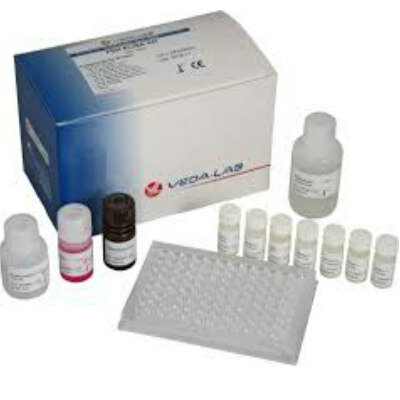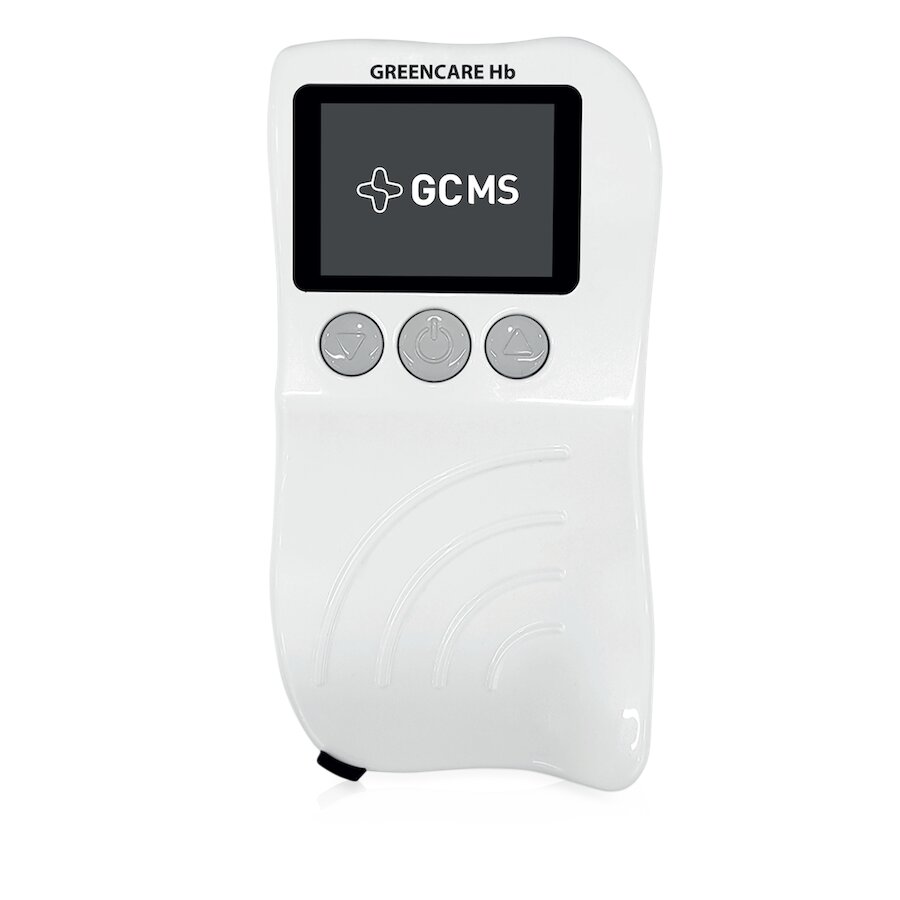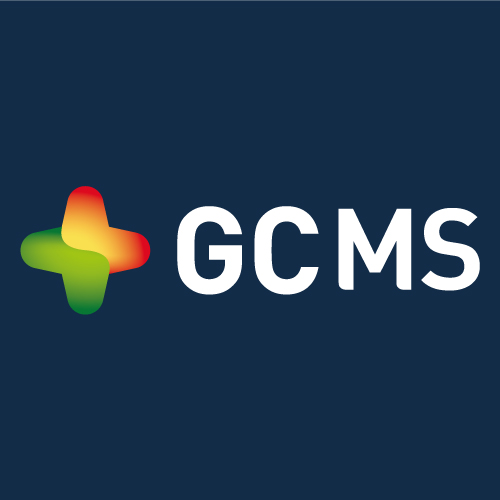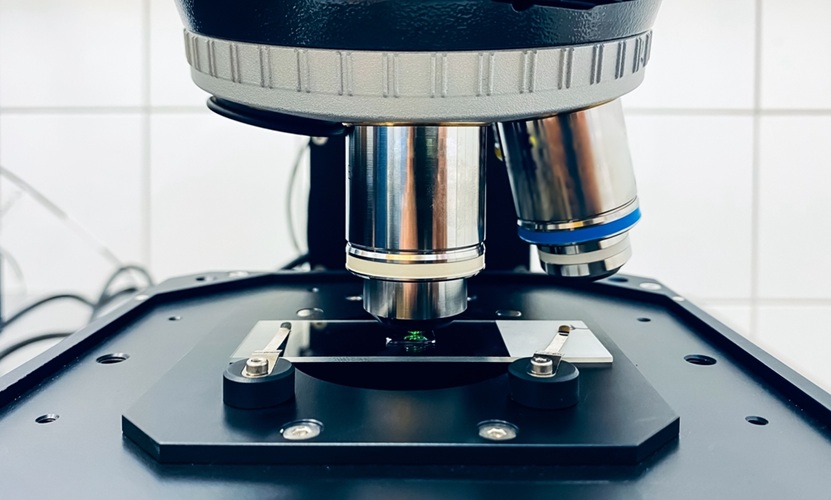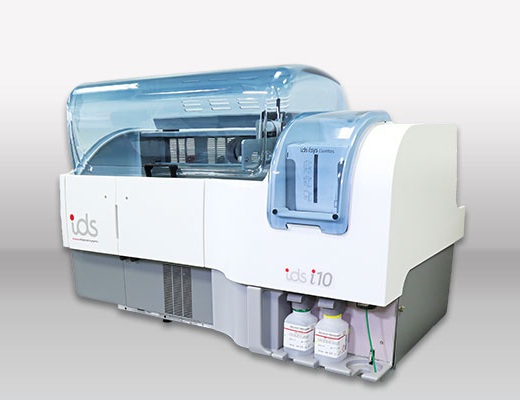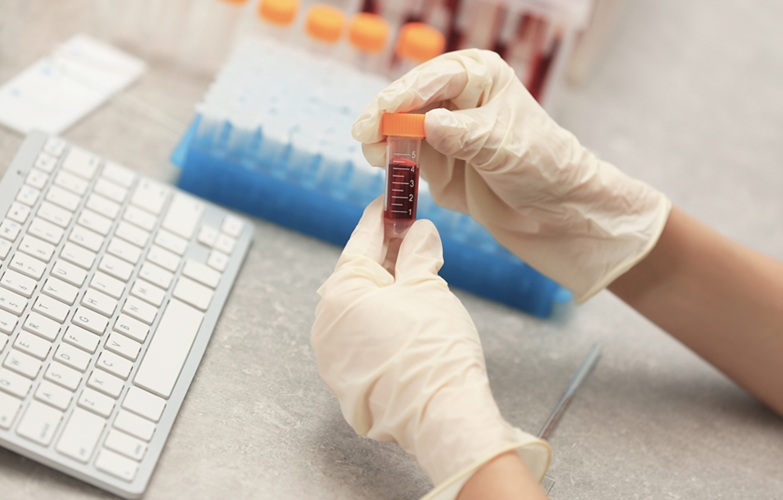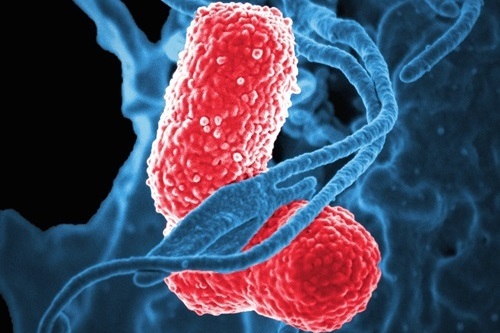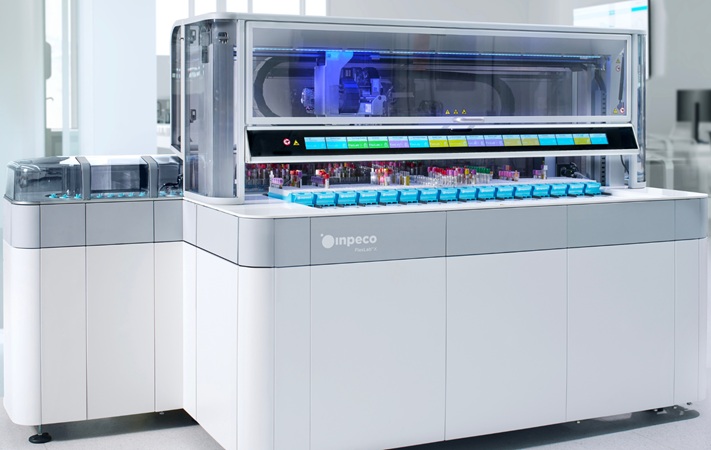fMRI Scanning of Biomarker Predicts Response to Rapid Antidepressant Agent
|
By LabMedica International staff writers Posted on 12 Feb 2013 |
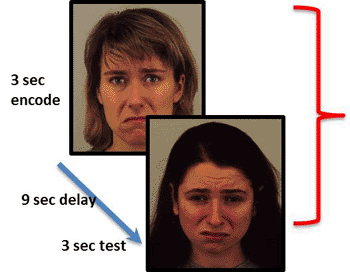
Image: Working memory task: Over several trials, participants were required to attend to either the identity (non-emotional feature) or the emotion of a face, remember it during a 9 second delay, and match the feature to a subsequent face. Neural activity in the visual cortex elicited by the emotion trials predicted a patient’s subsequent responsiveness to scopolamine treatment (Photo courtesy of Maura Furey, PhD, NIMH Experimental Therapeutics and Pathophysiology Branch).
A characteristic jump in activity in the back of the brain while processing emotional data has been shown to predict which depressed patients would respond to an investigational rapid-acting antidepressant agent.
US researchers reported new research on functional magnetic resonance imaging (fMRI) of a pretreatment biomarker for the antidepressant response to scopolamine, and the study’s findings were published January 30, 2013, online in JAMA Psychiatry. “We have discovered a potential neuroimaging biomarker that may eventually help to personalize treatment selection by revealing brain-based differences between patients,” explained Maura Furey, PhD, of US National Institutes of Health’s National Institute of Mental Health (NIMH; Bethesda, MD, USA).
Scopolamine, typically recognized as a treatment for motion sickness, has been researched since Dr. Furey and colleagues discovered its fast-acting antidepressant properties in 2006. Dissimilar to ketamine, scopolamine works through the brain’s acetylcholine chemical messenger system. The NIMH scientists’ research has shown that by suppressing receptors for acetylcholine on neurons, scopolamine can lift depression in many patients within a few days; conventional antidepressants typically take weeks to work. But not all patients respond, prompting interest in a predictive biomarker.
The acetylcholine system plays a key role in working memory, retaining information in the mind temporarily, but appears to act by influencing the processing of data instead of through memory. fMRI scanning studies suggest that visual working memory performance can be enhanced by modulating acetylcholine-induced activity in the brain’s visual processing region, called the visual cortex, when processing information that is vital to the task. Because functional memory performance can predict response to traditional antidepressants and ketamine, Dr. Furey and coworkers looked at a working memory task and imaging visual cortex activity as potential tools to identify a biomarker for scopolamine response.
Depressed patients have a well-known tendency to process and remember negative emotional information. The researchers suggest that this bias stems from dysregulated acetylcholine systems in some patients. They rationalized that such patients would show abnormal visual cortex activity in response to negative emotional features of a working memory task. They also expected to find that patients with more dysfunctional acetylcholine systems would respond better to scopolamine treatment.
Before receiving scopolamine, participants performed a working memory task while their brain activity was monitored via fMRI. For some trials, it required that they pay attention to, and remember, the emotional expression (i.e., happy, sad) of faces flashing on a computer monitor. For other studies, they had to pay attention to only the identity, or non-emotional feature, of the faces. After scanning, and over the following several weeks, 15 patients with depression and 21 healthy participants randomly received infusions of a placebo (salt solution) and/or scopolamine. Mood changes were tracked with depression rating scales.
Overall, scopolamine treatment reduced depression symptoms by 63%, with 11 of the patients showing a significant clinical response. The strength of this response correlated considerably with visual cortex activity during key phases of the working memory task--while participants were paying attention to the emotional content of the faces. There was no such correlation for trials when they attended to the facial identity.
The evidence suggests that acetylcholine system activity triggers visual cortex activity that predicts treatment response—and that dissimilarities seen between depressed patients and controls may be traceable to acetylcholine dysfunction. Overall, patients showed lower visual cortex activity than controls during the emotion phase of the task. Patients demonstrating activity levels most unlike the control subjects experienced the greatest antidepressant response to scopolamine treatment. Visual cortex activity in patients who did not respond to scopolamine more closely resembled that of the controls. As theorized, the pretreatment level of visual cortex activity seems to reflect the extent of patients’ acetylcholine system dysfunction and to predict their response to the investigational medication, according to the researchers.
Early findings suggest that such visual cortex activity in response to emotional stimuli may also apply to other treatments and may prove to be a shared biomarker of rapid antidepressant response, according to Dr. Furey.
Related Links:
National Institute of Mental Health
US researchers reported new research on functional magnetic resonance imaging (fMRI) of a pretreatment biomarker for the antidepressant response to scopolamine, and the study’s findings were published January 30, 2013, online in JAMA Psychiatry. “We have discovered a potential neuroimaging biomarker that may eventually help to personalize treatment selection by revealing brain-based differences between patients,” explained Maura Furey, PhD, of US National Institutes of Health’s National Institute of Mental Health (NIMH; Bethesda, MD, USA).
Scopolamine, typically recognized as a treatment for motion sickness, has been researched since Dr. Furey and colleagues discovered its fast-acting antidepressant properties in 2006. Dissimilar to ketamine, scopolamine works through the brain’s acetylcholine chemical messenger system. The NIMH scientists’ research has shown that by suppressing receptors for acetylcholine on neurons, scopolamine can lift depression in many patients within a few days; conventional antidepressants typically take weeks to work. But not all patients respond, prompting interest in a predictive biomarker.
The acetylcholine system plays a key role in working memory, retaining information in the mind temporarily, but appears to act by influencing the processing of data instead of through memory. fMRI scanning studies suggest that visual working memory performance can be enhanced by modulating acetylcholine-induced activity in the brain’s visual processing region, called the visual cortex, when processing information that is vital to the task. Because functional memory performance can predict response to traditional antidepressants and ketamine, Dr. Furey and coworkers looked at a working memory task and imaging visual cortex activity as potential tools to identify a biomarker for scopolamine response.
Depressed patients have a well-known tendency to process and remember negative emotional information. The researchers suggest that this bias stems from dysregulated acetylcholine systems in some patients. They rationalized that such patients would show abnormal visual cortex activity in response to negative emotional features of a working memory task. They also expected to find that patients with more dysfunctional acetylcholine systems would respond better to scopolamine treatment.
Before receiving scopolamine, participants performed a working memory task while their brain activity was monitored via fMRI. For some trials, it required that they pay attention to, and remember, the emotional expression (i.e., happy, sad) of faces flashing on a computer monitor. For other studies, they had to pay attention to only the identity, or non-emotional feature, of the faces. After scanning, and over the following several weeks, 15 patients with depression and 21 healthy participants randomly received infusions of a placebo (salt solution) and/or scopolamine. Mood changes were tracked with depression rating scales.
Overall, scopolamine treatment reduced depression symptoms by 63%, with 11 of the patients showing a significant clinical response. The strength of this response correlated considerably with visual cortex activity during key phases of the working memory task--while participants were paying attention to the emotional content of the faces. There was no such correlation for trials when they attended to the facial identity.
The evidence suggests that acetylcholine system activity triggers visual cortex activity that predicts treatment response—and that dissimilarities seen between depressed patients and controls may be traceable to acetylcholine dysfunction. Overall, patients showed lower visual cortex activity than controls during the emotion phase of the task. Patients demonstrating activity levels most unlike the control subjects experienced the greatest antidepressant response to scopolamine treatment. Visual cortex activity in patients who did not respond to scopolamine more closely resembled that of the controls. As theorized, the pretreatment level of visual cortex activity seems to reflect the extent of patients’ acetylcholine system dysfunction and to predict their response to the investigational medication, according to the researchers.
Early findings suggest that such visual cortex activity in response to emotional stimuli may also apply to other treatments and may prove to be a shared biomarker of rapid antidepressant response, according to Dr. Furey.
Related Links:
National Institute of Mental Health
Latest BioResearch News
- Genome Analysis Predicts Likelihood of Neurodisability in Oxygen-Deprived Newborns
- Gene Panel Predicts Disease Progession for Patients with B-cell Lymphoma
- New Method Simplifies Preparation of Tumor Genomic DNA Libraries
- New Tool Developed for Diagnosis of Chronic HBV Infection
- Panel of Genetic Loci Accurately Predicts Risk of Developing Gout
- Disrupted TGFB Signaling Linked to Increased Cancer-Related Bacteria
- Gene Fusion Protein Proposed as Prostate Cancer Biomarker
- NIV Test to Diagnose and Monitor Vascular Complications in Diabetes
- Semen Exosome MicroRNA Proves Biomarker for Prostate Cancer
- Genetic Loci Link Plasma Lipid Levels to CVD Risk
- Newly Identified Gene Network Aids in Early Diagnosis of Autism Spectrum Disorder
- Link Confirmed between Living in Poverty and Developing Diseases
- Genomic Study Identifies Kidney Disease Loci in Type I Diabetes Patients
- Liquid Biopsy More Effective for Analyzing Tumor Drug Resistance Mutations
- New Liquid Biopsy Assay Reveals Host-Pathogen Interactions
- Method Developed for Enriching Trophoblast Population in Samples
Channels
Clinical Chemistry
view channel
Carbon Nanotubes Help Build Highly Accurate Sensors for Continuous Health Monitoring
Current sensors can measure various health indicators, such as blood glucose levels, in the body. However, there is a need to develop more accurate and sensitive sensor materials that can detect lower... Read more
Paper-Based Device Boosts HIV Test Accuracy from Dried Blood Samples
In regions where access to clinics for routine blood tests presents financial and logistical obstacles, HIV patients are increasingly able to collect and send a drop of blood using paper-based devices... Read moreMolecular Diagnostics
view channel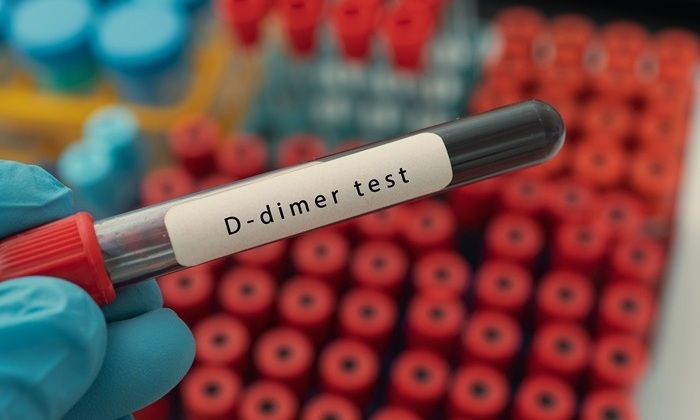
D-Dimer Testing Can Identify Patients at Higher Risk of Pulmonary Embolism
Pulmonary embolism (PE) is a commonly suspected condition in emergency departments (EDs) and can be life-threatening if not diagnosed correctly. Achieving an accurate diagnosis is vital for providing effective... Read more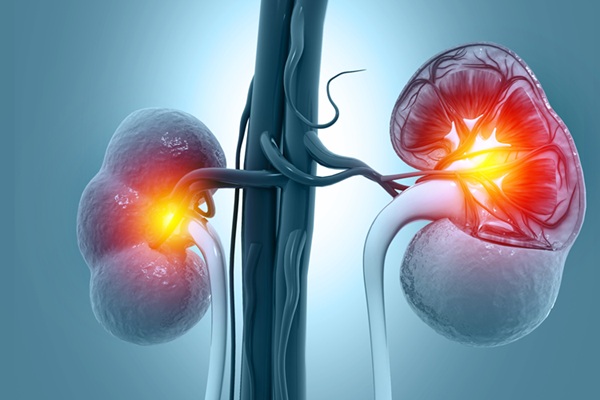
New Biomarkers to Improve Early Detection and Monitoring of Kidney Injury
Drug-induced kidney injury, also known as nephrotoxicity, is a prevalent issue in clinical practice, occurring when specific medications at certain doses cause damage to the kidneys. Nephrotoxicity can... Read moreHematology
view channel
New Scoring System Predicts Risk of Developing Cancer from Common Blood Disorder
Clonal cytopenia of undetermined significance (CCUS) is a blood disorder commonly found in older adults, characterized by mutations in blood cells and a low blood count, but without any obvious cause or... Read more
Non-Invasive Prenatal Test for Fetal RhD Status Demonstrates 100% Accuracy
In the United States, approximately 15% of pregnant individuals are RhD-negative. However, in about 40% of these cases, the fetus is also RhD-negative, making the administration of RhoGAM unnecessary.... Read moreImmunology
view channel
Post-Treatment Blood Test Could Inform Future Cancer Therapy Decisions
In the ongoing advancement of personalized medicine, a new study has provided evidence supporting the use of a tool that detects cancer-derived molecules in the blood of lung cancer patients years after... Read more
Cerebrospinal Fluid Test Predicts Dangerous Side Effect of Cancer Treatment
In recent years, cancer immunotherapy has emerged as a promising approach where the patient's immune system is harnessed to fight cancer. One form of immunotherapy, called CAR-T-cell therapy, involves... Read more
New Test Measures Preterm Infant Immunity Using Only Two Drops of Blood
Preterm infants are particularly vulnerable due to their organs still undergoing development, which can lead to difficulties in breathing, eating, and regulating body temperature. This is especially true... Read more
Simple Blood Test Could Help Choose Better Treatments for Patients with Recurrent Endometrial Cancer
Endometrial cancer, which develops in the lining of the uterus, is the most prevalent gynecologic cancer in the United States, affecting over 66,000 women annually. Projections indicate that in 2025, around... Read moreMicrobiology
view channel
Breakthrough Diagnostic Technology Identifies Bacterial Infections with Almost 100% Accuracy within Three Hours
Rapid and precise identification of pathogenic microbes in patient samples is essential for the effective treatment of acute infectious diseases, such as sepsis. The fluorescence in situ hybridization... Read more
Innovative ID/AST System to Help Diagnose Infectious Diseases and Combat AMR
Each year, 11 million people across the world die of sepsis out of which 1.3 million deaths are due to antibiotic-resistant bacteria. The burden of antimicrobial resistance (AMR) continues to weigh heavily,... Read more
Gastrointestinal Panel Delivers Rapid Detection of Five Common Bacterial Pathogens for Outpatient Use
Acute infectious gastroenteritis results in approximately 179 million cases each year in the United States, leading to a significant number of outpatient visits and hospitalizations. To address this, a... Read morePathology
view channel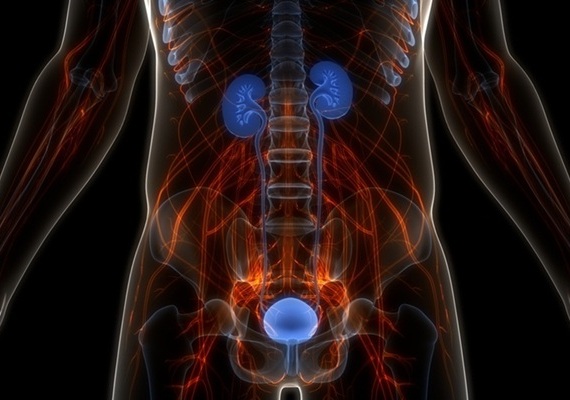
AI Model Predicts Patient Response to Bladder Cancer Treatment
Each year in the United States, around 81,000 new cases of bladder cancer are diagnosed, leading to approximately 17,000 deaths annually. Muscle-invasive bladder cancer (MIBC) is a severe form of bladder... Read more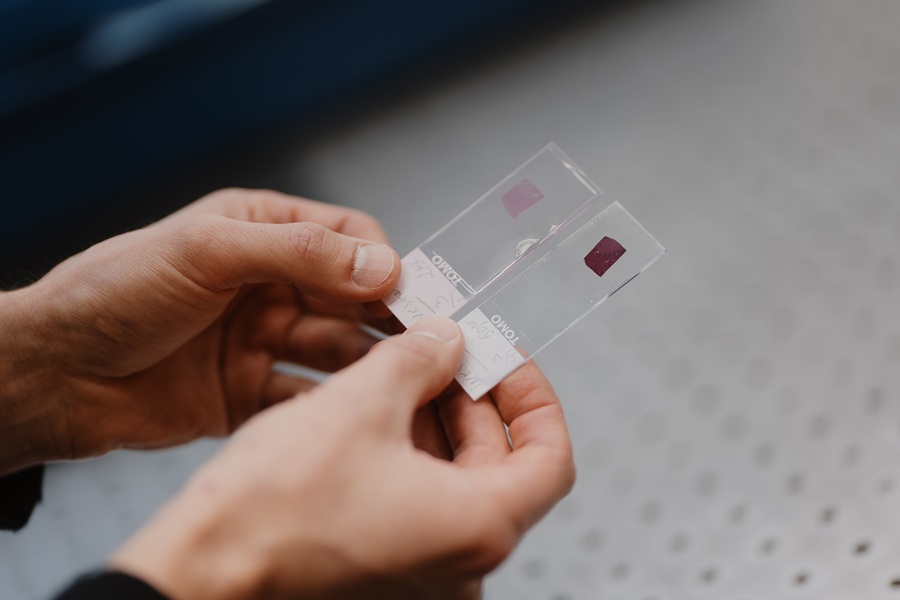
New Laser-Based Method to Accelerate Cancer Diagnosis
Researchers have developed a method to improve cancer diagnostics and other diseases. Collagen, a key structural protein, plays various roles in cell activity. A novel multidisciplinary study published... Read more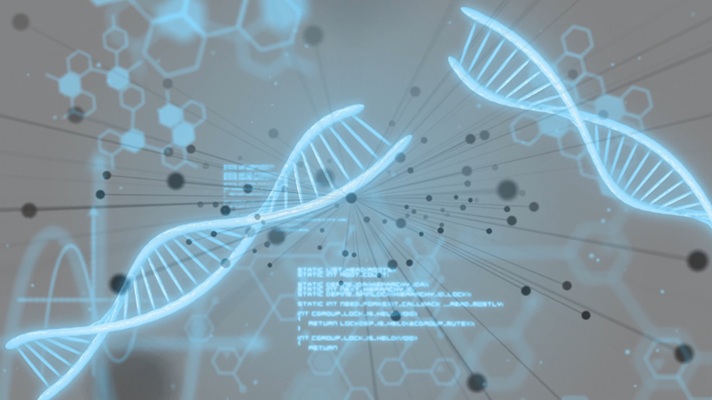
New AI Model Predicts Gene Variants’ Effects on Specific Diseases
In recent years, artificial intelligence (AI) has greatly enhanced our ability to identify a vast number of genetic variants in increasingly larger populations. However, up to half of these variants are... Read more
Powerful AI Tool Diagnoses Coeliac Disease from Biopsy Images with Over 97% Accuracy
Coeliac disease is an autoimmune disorder triggered by the consumption of gluten, causing symptoms such as stomach cramps, diarrhea, skin rashes, weight loss, fatigue, and anemia. Due to the wide variation... Read moreTechnology
view channel
Smartphones Could Diagnose Diseases Using Infrared Scans
Rapid advancements in technology may soon make it possible for individuals to bypass invasive medical procedures by simply uploading a screenshot of their lab results from their phone directly to their doctor.... Read more
Novel Sensor Technology to Enable Early Diagnoses of Metabolic and Cardiovascular Disorders
Metabolites are critical compounds that fuel life's essential functions, playing a key role in producing energy, regulating cellular activities, and maintaining the balance of bodily systems.... Read more
3D Printing Breakthrough Enables Large Scale Development of Tiny Microfluidic Devices
Microfluidic devices are diagnostic systems capable of analyzing small volumes of materials with precision and speed. These devices are used in a variety of applications, including cancer cell analysis,... Read moreIndustry
view channel




